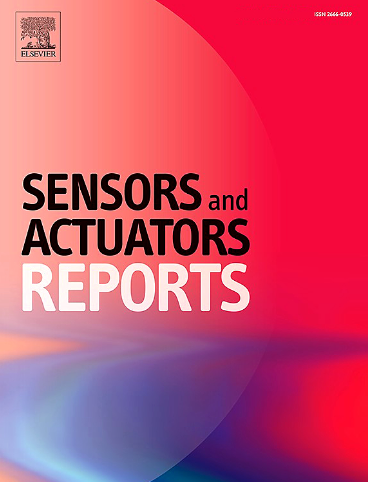Integrated sensors for electric stimulation of stem cells: A review on microelectrode arrays (MEAs) based systems
IF 6.5
Q1 BIOTECHNOLOGY & APPLIED MICROBIOLOGY
引用次数: 0
Abstract
This paper provides an update on the sensors and actuators involved in Stem Cells (SC) differentiation processes based on electric stimulation (STIM), including both current and future progress. These techniques are applied in a range of biological and medical protocols, including cell linage derivation, tissue engineering, cellular therapy, cancer research, and cell motility. The typical methodology of SC electric STIM endeavors to emulate biological processes by applying an electrical signal to the cell culture and evaluating the cell response. Cell metabolism is electrically sensitive, responding in some manner to a given stimulus. The precise mechanism by which this occurs is not fully understood, but it is evident that changes in ion density at the cell membrane proximity must excite the cell metabolism (receptors), thereby activating its “differentiation” in response. In order to gain a deeper insight into the cellular mechanisms involved in this process, the physical variables should be better recognized, measured, and quantified during the protocol execution. This work is contributing to the development of a compilation of proposed systems, and specifications required, to identify and better understand the local conditions within the cell environment that are responsible for the activation of the differentiation processes. It is crucial that STIM systems are optimally designed and that the cell response is correctly understood. Two features will be reviewed: the setup employed and the circuits for STIM and monitoring. The nexus between these two elements are the electrodes, and this work will therefore be devoted to the realization of integrated Micro-Electrode Arrays (MEAs), and the design problems associated with it. The focus will be on MEAs, with the same size scale as the cells, and the design issues related to integrated electrodes, under electric stimulation, voltage or current modes.

求助全文
约1分钟内获得全文
求助全文
来源期刊

Sensors and Actuators Reports
Multiple-
CiteScore
9.60
自引率
0.00%
发文量
60
审稿时长
49 days
期刊介绍:
Sensors and Actuators Reports is a peer-reviewed open access journal launched out from the Sensors and Actuators journal family. Sensors and Actuators Reports is dedicated to publishing new and original works in the field of all type of sensors and actuators, including bio-, chemical-, physical-, and nano- sensors and actuators, which demonstrates significant progress beyond the current state of the art. The journal regularly publishes original research papers, reviews, and short communications.
For research papers and short communications, the journal aims to publish the new and original work supported by experimental results and as such purely theoretical works are not accepted.
 求助内容:
求助内容: 应助结果提醒方式:
应助结果提醒方式:


